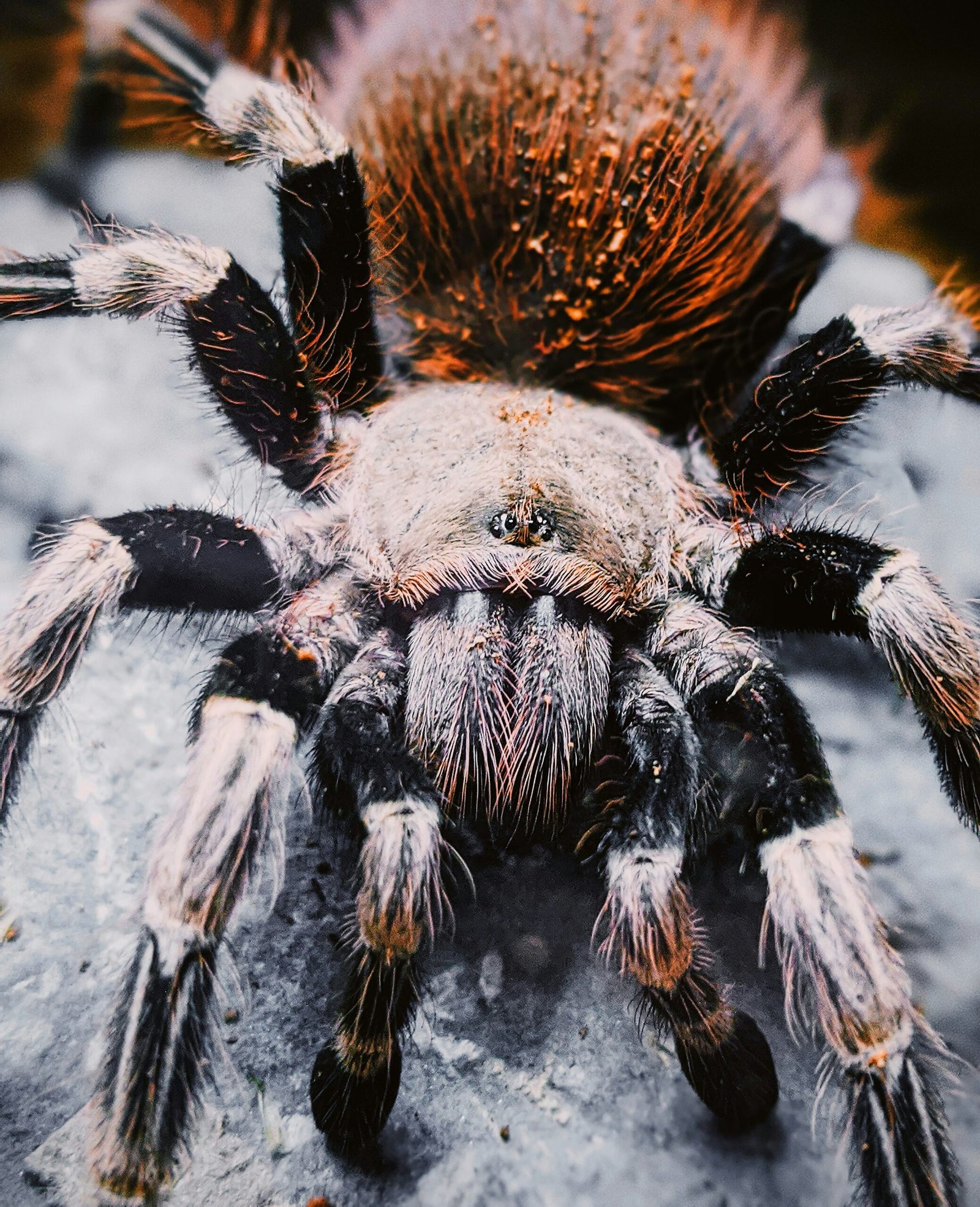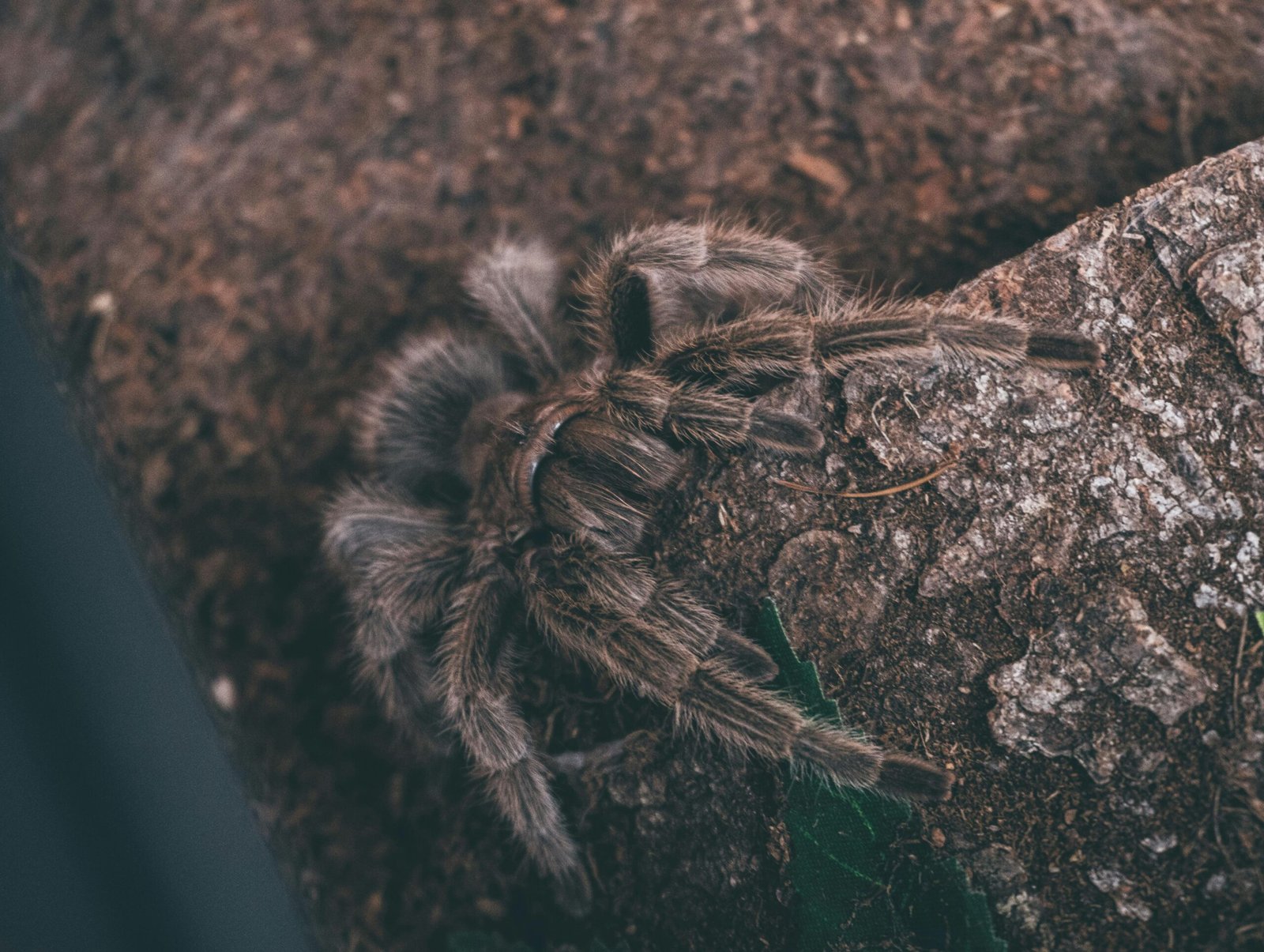Are you curious about whether tarantulas can thrive in enclosures with live arthropods for stimulation? The idea of mixing species for behavioral enrichment is an intriguing concept that captivates many arthropod enthusiasts. Understanding whether this is beneficial or harmful to both tarantulas and the arthropods they share their space with can be crucial for hobbyists and those interested in the well-being of these fascinating creatures.
Understanding Tarantulas
What Are Tarantulas?
Tarantulas are a group of large and often hairy spiders belonging to the family Theraphosidae. They’re known for their intimidating size and appearance, which often sparks both intrigue and fear. Despite their reputation as fearsome predators, many species of tarantulas are docile and are often kept as pets.
Tarantula Habitat
These creatures can be found in a variety of habitats, including rainforests, deserts, and scrublands across various continents. Their adaptability to different environments makes them quite resilient. However, in captivity, it’s crucial to mimic their natural habitat as closely as possible to ensure their health and well-being.
Proper habitat considerations include substrate for burrowing, a secure enclosure, appropriate temperature and humidity levels, and sometimes, human-provided stimulation or enrichment.
Tarantula Behavior
Tarantulas are predominantly solitary creatures and are often more active at night. Each species has its own set of behaviors that reflect its natural habitat and lifestyle. While some enjoy burrowing, others prefer climbing. Understanding these behaviors is essential for providing environments that cater to their specific needs.

Enclosure Considerations for Tarantulas
Creating a Suitable Environment
When setting up an enclosure for a tarantula, one must consider several factors to ensure it resembles the tarantula’s natural habitat. This includes the choice of substrate, temperature, humidity, and the inclusion of hiding spots.
| Consideration | Details |
|---|---|
| Substrate | Needs to be appropriate for the species; generally composed of soil, peat, or coconut fiber. |
| Temperature | Depends on species; typically ranges from 70°F to 85°F. |
| Humidity | Again, species-dependent; tropical species may require higher humidity than desert dwellers. |
| Hiding Places | Essential for the tarantula’s sense of security; can include cork bark, half logs, or other similar structures. |
Enrichment in Tarantula Enclosures
Enrichment can improve a tarantula’s quality of life by encouraging natural behaviors. While live prey is often used for stimulation, the idea of incorporating live non-prey arthropods into an enclosure requires a more nuanced understanding.

Examining Arthropods as Co-inhabitants
Types of Arthropods
Arthropods encompass a wide range of invertebrates with exoskeletons, including insects, crustaceans, and many others. In the context of tarantula enclosures, arthropods might include isopods, certain beetles, or springtails.
Potential Benefits of Cohabitation
Combining tarantulas with other arthropods could offer various benefits, primarily by introducing additional layers of environmental enrichment. This strategy could potentially:
- Stimulate natural hunting and exploratory behaviors in tarantulas.
- Provide a more dynamic environment by adding movement and visual interest.
- Assist with enclosure maintenance, as some arthropods such as isopods and springtails can help break down waste and mitigate mold growth.
Risks of Cohabitation
While these potential benefits sound appealing, the risks may often outweigh them. Possible issues include:
-
Stress: The presence of other arthropods might stress the tarantula, as they are typically solitary creatures.
-
Predation: Some arthropods could become prey to the tarantula, defeating the purpose of cohabitation.
-
Competition: Arthropods might compete with the tarantula for resources, especially if they reproduce rapidly.
-
Disease: Introducing other species might also introduce parasites or pathogens that could negatively affect the tarantula.
Monitoring Success and Issues
If you decide to experiment with cohabiting tarantulas and other arthropods, close monitoring is essential. Observation should be regular to ensure:
- Both species are thriving.
- No signs of stress, such as loss of appetite or unusual hiding behavior, are evident.
- There is no significant overpopulation of arthropods.
- Humidity and other environmental factors remain stable.

Ethical Considerations in Enriching Tarantula Enclosures
Well-being and Natural Behavior
While enrichment is crucial, so is the ethical treatment of your tarantula. It’s important to ensure the creature’s overall welfare is prioritized.
Putting the Tarantula First
Always ask yourself if a proposed enrichment method will genuinely benefit the tarantula—or if it’s more for human enjoyment. The ethical foundation of pet care, regardless of species, hinges on benevolence and a genuine commitment to enhancing the creature’s well-being.

Prospective Alternatives to Live Cohabitation
Artificial Enrichment
If live arthropods pose too many risks, consider alternative enrichment options. These might include:
- Rearranging enclosure elements regularly to simulate environmental changes.
- Varying food delivery methods to promote natural hunting instincts.
- Providing climbing structures or burrowing opportunities that mimic natural activities.
Advanced Technology
For the especially dedicated, technological advancements such as specialized lighting or small cameras for night observation could provide both enrichment for the tarantula and insights for you into its nocturnal behavior patterns.

Conclusion: Balancing Instinct and Environment
In conclusion, while it may be theoretically possible to keep tarantulas with certain live arthropods, the practical and ethical implications make it a challenging prospect. Obtaining the right balance in an artificial environment can be difficult, and understanding the needs of your tarantula is crucial.
Though the idea of one enclosure containing a mini-ecosystem is tempting, it’s important to consider each species’ natural instincts and welfare. You may find that simpler methods of enrichment can offer just as much, if not more, benefit. Balancing your tarantula’s natural instincts with a carefully considered environment is key to ensuring your pet leads a stimulating and healthy life.